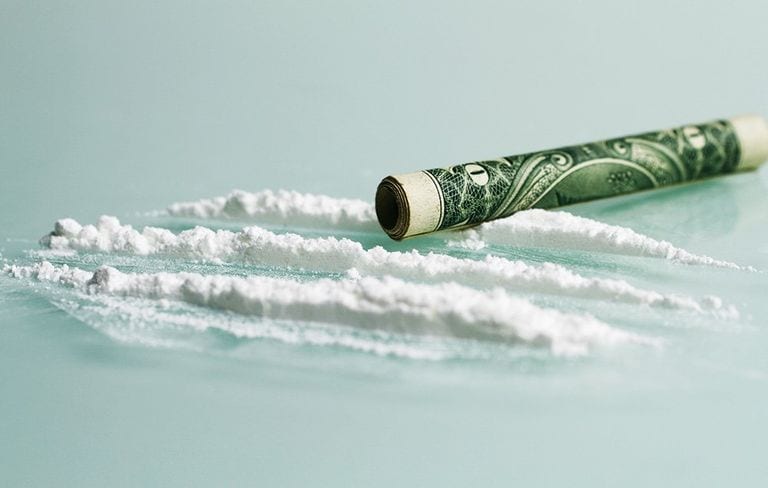Reducing Demand is Key in Fighting Cocaine, Colombian governor says
By Sinikka Tarvainen, dpa

HAVANA TIMES – The United States is unfairly pointing the finger at Colombia as the sole culprit for the cocaine trade, the governor of the country’s top coca-producing region says. For the war on drugs to be successful, Camilo Romero says, Western countries need to reduce their demand for cocaine.
Colombia cannot win its battle against the cocaine trade unless the United States and Europe assume their “share of the responsibility” and reduce the demand for the drug, Camilo Romero says.
Romero is the governor of Colombia’s south-western Narino department, which has about 46,000 hectares of coca, the plant used to make cocaine.
That makes Narino the biggest producer among the 32 departments in Colombia, where the White House Office of National Drug Control Policy puts the total surface under coca cultivation at 208,000 hectares in 2018.
Washington has stepped up the pressure on Colombia to stop the cocaine trade, with President Donald Trump threatening to decertify the country as a partner in the war against drugs.
“I feel really uncomfortable about an attitude adorned with morality when they are the ones who want the most cocaine,” Romero told dpa in an interview.
“[They] feel entitled to judge others, but in reality, the US society demands … more and more coca,” he added
Drug trafficking is “a global problem,” which authorities in Narino cannot solve by themselves, Romero stressed.
“If the US and European societies were able to reduce the demand [for cocaine], that would help us a lot.”
The governor called for a “global debate” on the eventual legalization of cocaine as a means of ending the trade.
Under pressure from Washington, Colombian President Ivan Duque is adopting a harder line in the fight against drug trafficking. He is widely seen as giving priority to the forced manual eradication of coca plants rather than to voluntary programs to substitute coca with other crops.
The government is also seeking permission from the National Drug Council to eradicate coca fields by aerially spraying them with glyphosate, An herbicide classified as “probably carcinogenic” by the WHO in 2015. Romero says both strategies have proved unsuccessful in the past.
When security forces uproot coca bushes by force, 35 per cent of the farmers start growing the plant again, according to figures given by the governor. But when farmers voluntarily replace coca with other crops, only 1 per cent of them sow the plant again.
Glyphosate, Romero observed, has also not helped to reduce coca cultivation in Narino, where millions of liters of the herbicide were sprayed in vain until the previous government stopped the practice in 2015.
The governor accuses Duque of violating the 2016 peace deal with the guerrilla group FARC, which established voluntary crop substitution as the preferred method to rid the country of coca.
Only about 17,000 families out of more than 60,000 families in Narino who want to replace coca with other crops are receiving funds and assistance from the government, Romero said.
The government has, however, denied that it is abandoning the strategy of voluntary crop substitution and pledged to assist more than 100,000 Colombians who have uprooted coca plants. The Agriculture Ministry did not respond to dpa’s request for a comment.
Seeing the central government as being reluctant to finance voluntary crop substitution, the Narino regional government intends to use its own funds for the purpose.
“We have 100 billion pesos (31 million dollars),” Romero said. “That is not enough … [but] it is a wake-up call.”






This official is absolutely correct.
Unlike marijuana, cocaine is used a vile status symbol of greed, decadence, and self-obsession.
In addition, the costly substance is often used as an anesthetic in order to facilitate unnatural sexual practices.
There are indeed few, if any, legitimate purposes for the highly addictive poison.
The relationship between supply and demand is well established. The consumer makes a decision and is responsible for it. Apart from sugar and water, the other main contents of John Pemberton’s original 1886 Coco-Cola were Coca leaves and kola nuts, creating a need for increased production of both.